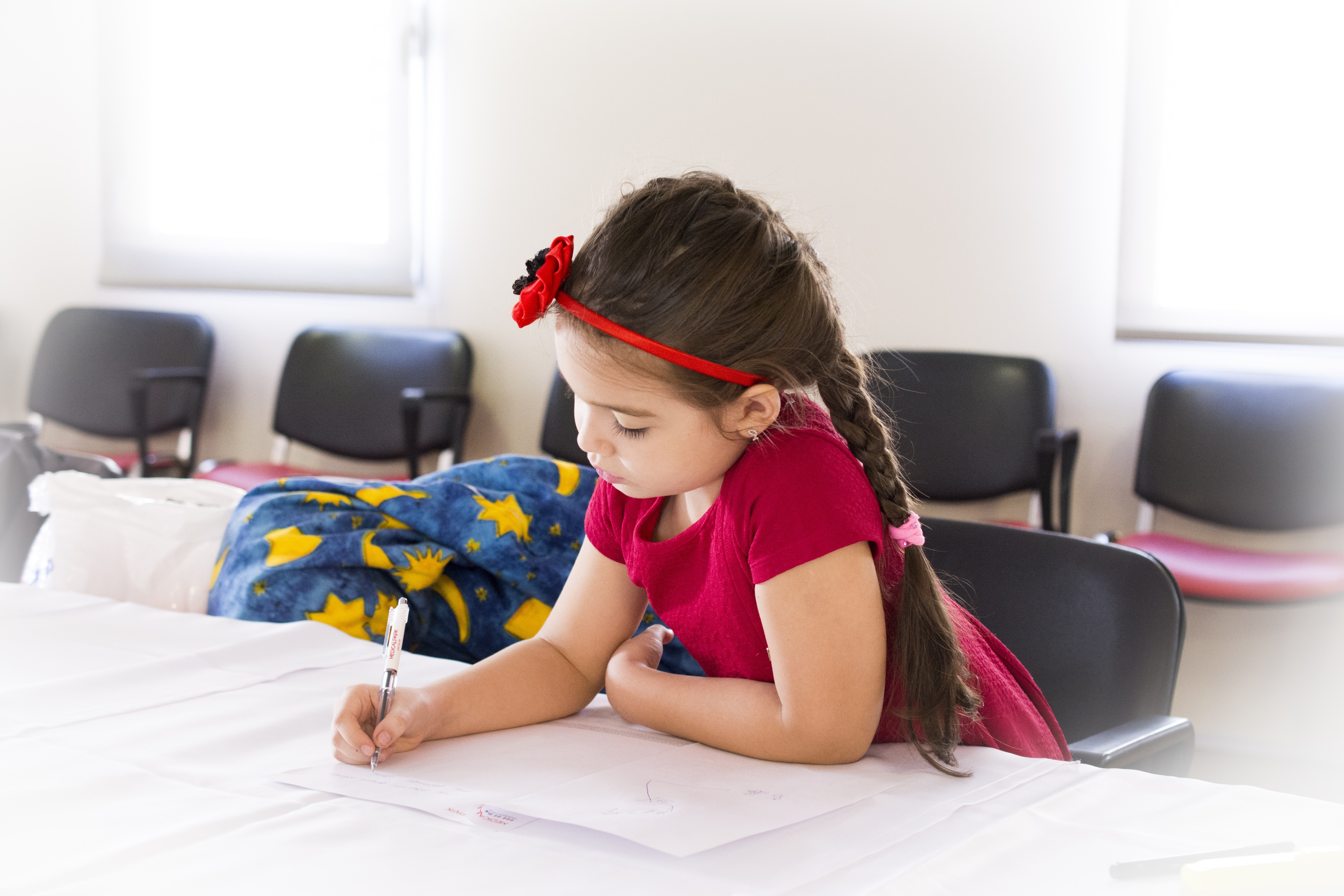
30 Dec 7 Tips for Helping Children Change Schools
Whether your child is in primary or high school, starting somewhere new can be scary and daunting. We have some advice from a clinical psychologist and an education expert, to help kids and parents with the transition.
Plan Ahead
Once a new school has been chosen, try to eliminate any ‘unknowns’ so your child knows what to expect. This means finding out where the bus stop is, if there’s anything they need to do to catch up if starting in the middle of a school year and trying on the new uniform.
“School principals are usually happy to take you and your child on a tour around the new school,” says Jenny. “Knowing where the toilets, canteen, and school office are located can help to reduce anxieties and make your child feel more comfortable when they start. The school may also allow your child to come in for an orientation day prior to starting.”
Talk About Their Concerns
Encourage your child to discuss anything they’re worried about. Don’t brush over the negative aspects, especially if the move is related to another big event in your child’s life, such as parental separation.
“Focus on the good points about the new school and the move, and answer questions as they come up,” says Jenny. “Whilst talking positively about the move is helpful, be careful not to dismiss or minimise your child’s worries. Listen to how they feel and together come up with solutions or plans for any issues raised.”
Don’t Push
Registering your child for school sport teams or attending lots of school events may seem like a good way for them to make friends. It can be, but some may find it to be too much pressure until they have a steady group of friends. It might take some children a few weeks or months — especially if they’re shy or introverted.
“Be patient — we need to give children the time to take in the various aspects of a new environment and ‘dip their toes in the water’ rather than pushing them in the pool,” says Lynn.
“Ask the school for help. Social assimilation is usually a priority for teachers of young children.”
While they build new friendships, it can be important for children to feel they still have connections to their old friends. Let them visit their old friends if they live close enough, or use the phone and Skype.
Get Involved
Parents can get involved in their child’s school community without pushing their child into socialising. Children can feel more comfortable meeting new people when they aren’t alone, or when their parents are friends with their prospective playmates.
There are lots of different ways parents can get involved inside and outside school. Helping out with canteen duty, volunteering on school excursions, being a part of school fundraising such as trivia nights and fetes, organising playdates after school for younger kids, and attending birthday parties and talking to other parents. Chatting to other mums and dads at school pick up and drop-off can help with bonding too.
“Model social interaction in front of your kids,” says Lynn. “This means greeting people, starting conversations, introducing yourself to a new group. You will be guiding your children until they are comfortable to go it alone.”
Whether it’s reading the school newsletter, attending Parents’ Association meetings or following the school Facebook page, it’s a good idea to know what’s going on at the school on any given week. Kids aren’t always good at remembering when events are happening, but can be very upset when they aren’t able to participate.
Communicate Regularly
Check in regularly to make sure your child is adjusting, not just during the first few weeks. Remember that some children’s behaviour will reflect their emotions more than their words. Children may not necessarily be struggling socially, they might instead be having issues keeping up with their schoolwork or they might not like their teacher.
“Keep the lines of communication open,” says Jenny. “Asking open-ended questions about their school day such as, ‘What did you do in art today?’ or ‘What games did you play at lunch time?’ is better for starting a discussion than, ‘How was school?’ or ‘Did you have fun at school?’ Children cope better during times of transition when they feel a strong sense of belonging within their own family.”
Check In With Them During The Day
A six or seven-hour day is a long time for a child feeling who is uncomfortable and lonely in a new environment. Dropping young kids off may help them to start the day calmly, and if they’re older, sending a quick text saying, “Hope you’re having a good day,” can let them know you’re thinking of them.
Tell children they can call you if something happens during the day.
“Reassure your kids that you are available for them, no questions asked,” says Lynn.
Notice When Something Might Be Wrong
“Sometimes a child may act out, withdraw or act in a way that is inconsistent with their usual behaviour,” says Jenny. “Be alert for any behavioural shifts in your child as they can be a clue that your child may be having some difficulty.”
Be mindful if your child is wanting to stay home from school a lot, wanting to be picked up during the day, is becoming withdrawn, or not sleeping or eating well. “Provide a ‘safe harbour’ for them to come back to — be a source of safety, comfort and security no matter what,” says Lynn.
Jenny Atkinson- a primary to high-school transition specialist, running workshops in primary school to help Year 6 students transition to their new high school. Lynn Jenkins – a clinical psychologist specialising in the emotional development of children.
Words by Brooke Tasovac

